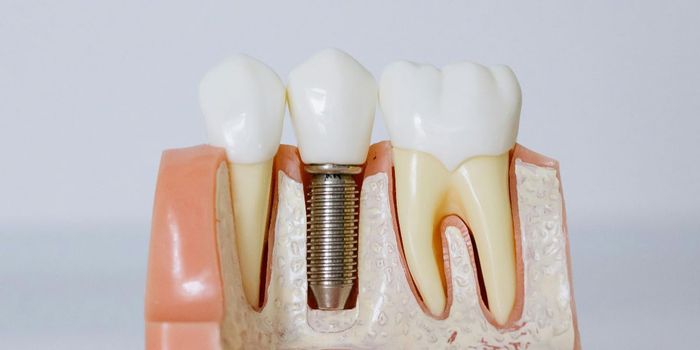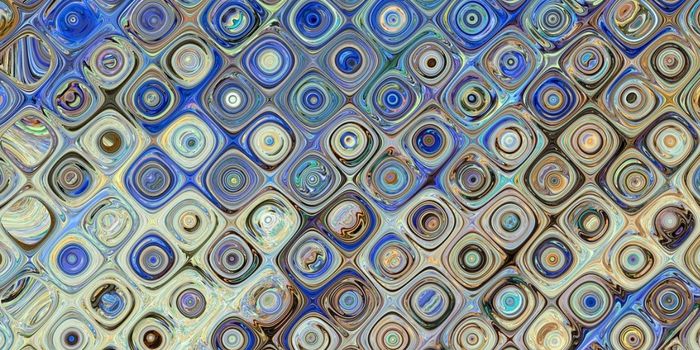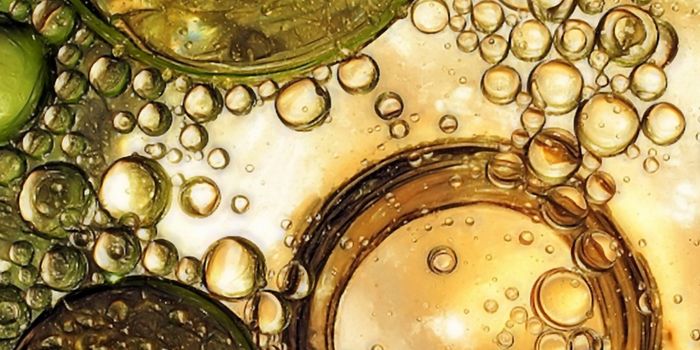Health Beliefs That Influence Skin Cancer
In the U.S., there are over 3.5 million cases of skin cancer reported every year. Basal cell carcinoma and squamous cell carcinoma are the most common, while malignant melanoma, which is the deadliest form of skin cancer, is less common. However, malignant melanoma is the cause of greater than 75% of skin cancer deaths. Exposure to ultraviolet light is the most common carcinogen related to the development of skin cancer, usually due to solar radiation and tanning beds. The perceived risks of developing skin cancer have been shown to vary across age groups and skin color.
Background
According to Nahar et al., the American Cancer Society predicts that there will be about 91,000 new cases of melanoma diagnosed in the U.S. in 2018, and there will be almost 10,000 deaths. Because these data strongly suggest that the prevention of skin cancer is a significant priority for public health, the demographics of those at high risk, and their perceptions of the dangers of exposure to UV light need to be examined so that strategies for prevention can be implemented. The average age for the diagnosis of melanoma is 52 years; however, more than 35% of all cases are found in people that are less than 45 years old. It is also the most frequent diagnosis and the second most common type of cancer in young adults and adolescents between 15–29 years of age. People who have an increased risk for skin cancer have been found to have one or more of the following factors present: a previous history of skin cancer, especially melanoma, a family history of melanoma, physical characteristics including pale skin, freckling, tendency to get sunburns, blonde or red hair, or having a large amount of moles, especially atypical ones, and a history of immunosuppressive medications or receiving an organ transplant.
Public behaviors and attitudes are what shape the types and amounts of UV exposure for each individual. In the U.S., many people, especially adolescents and young adults, know that exposure to UV light increases their risk of malignant melanoma; however, they do not perceive that they, as individuals, will get melanoma from outdoor activities, sunburn, and purposeful tanning through the use of tanning beds. In the past 50 years, maintaining a ‘healthy’ tan has been perceived as what is acceptable in skin appearance for adolescents and young adults due to media influences.
In their study of landscapers, Nahar et al.state that a person’s perceived benefits, risks, and barriers are somewhat dependent on his/her health knowledge. They found that most participants had knowledge that exposure to the sun causes most skin cancers; however, only approximately 45% of the landscapers perceived that they were at a higher risk of getting skin cancer at some point during their lifetime. The landscapers also perceived that they are at a higher risk than the average person to develop skin cancer, but less than half thought that they were not likely to develop it. Their perceptions that they are not vulnerable to skin cancer may be explained by the low rate of the history of individuals who have skin cancer. It is a common belief that those at risk frequently do not believe it until they experience it themselves.
Another factor affecting the risk of developing malignant melanoma is the race/ethnicity of the individual. Hispanic and African-Americans have a significantly higher risk than non-Hispanic Caucasians of having more complicated and worse outcomes of melanoma. One reason for this is that melanoma is more often diagnosed later in the course of disease where metastasis may have occurred. According to Harvey et al., Hispanics tend to have decreased knowledge and awareness concerning melanoma, and they believe that there is nothing they can do to prevent skin cancer. Kelly et al. found that the African-American participants felt that, because of their dark skin color, they did not need to wear sunscreen or take preventive measures against skin cancer. Certain behaviors put them at increased risk including using indoor tanning booths, not applying sunscreen, and not performing periodic skin checks on themselves. Because of their beliefs and behaviors, Hispanics and African-Americans die more frequently from melanoma than Caucasians, which is disturbing because, when detected early enough, the risk of metastasis is significantly decreased and the survival rate increased. Skin cancer is one of the most preventable forms of cancer seen today.
Significance
It is important to note that skin cancer is preventable when individuals practice proper sun protection by using sunscreen and avoiding sun exposure during peak hours; however, there may be inequalities associated with the knowledge, perceptions, beliefs, and attitudes that minorities, such as Hispanics and African-Americans, have concerning the relationship between skin cancer and sun protection. Santiago-Rivas et al. found that people who understand the benefits of sun protection are more likely to practice it consistently; however, many Hispanics believe there is not much they can do to decrease getting skin cancer. Because of the numerous recommendations about skin cancer prevention, they don’t know which one to use, and also, think that they have a less than average risk for skin cancer when compared with Caucasians.
In the Surgeon General’s “Call to Action to Prevent Skin Cancer,” skin cancer is a significant public health concern. It states that for all races/ethnicities the harmful results of adolescents and young adults using indoor tanning beds need to be emphasized. In 2009, the World Health Organization (WHO) declared indoor tanning beds as Class 1 carcinogens and that they are responsible for more than 400,000 cases of skin cancer annually. This is more easily avoidable than sun exposure, and the risks need to be communicated to the populations that utilize them more commonly—adolescents and young adults of all races and ethnicities. Many people are unaware that certain behaviors and beliefs place them at increased risk of developing skin cancer. These include that tanned skin is preferred by society, getting sunburns during childhood, and working or participating in outdoor activities. Through the promotion and education of using effective sunscreen and eliminating the use of tanning beds, the rates of melanoma and skin cancers can be decreased.








